Ficus Australis
Ficus australis, commonly known as the Australian Fig, is a versatile and robust evergreen tree native to eastern Australia. This species is recognized for its broad, glossy green leaves and its ability to adapt to a variety of soil conditions. The Australian Fig is notable for its large, leathery foliage and aerial roots that often develop into a distinctive, wide canopy. The tree produces small, inconspicuous fig fruits that are not typically eaten but add to the plant’s unique characteristics. It’s an ideal choice for both ornamental and shade purposes in large landscapes.
- Botanical Name: Ficus australis
- Common Names: Australian Fig, Sandpaper Fig
- Mature Height: 20-50 feet (6-15.2 meters)
- Mature Spread: 20-40 feet(6-12.1 meters)
- Growth Rate: Moderate to fast
- Light Requirements: Full sun to partial shade
- Soil Requirements: Well-draining soil; tolerant of a range of soil types including sandy, clay, and rocky soils; prefers slightly acidic to neutral pH
- Water Needs: Moderate; drought-tolerant once established
- Foliage: Evergreen, large, leathery, and glossy green leaves with a rough texture
- Flowers: Small and inconspicuous; develop into fig fruits
- Fruit: Small, round figs that are not typically eaten
Uses:
- Ornamental: The Australian Fig’s large, glossy leaves and expansive canopy make it an attractive choice for landscaping and shade.
- Shade Tree: Provides excellent shade with its broad canopy, making it ideal for large outdoor spaces.
- Privacy Screening: Its dense foliage and wide spread make it suitable for use as a privacy screen or windbreak.
Benefits:
- Aesthetic Appeal: Adds visual interest with its glossy, leathery leaves and unique growth habit.
- Shade and Privacy: Provides substantial shade and can be used for privacy screening or as a windbreak.
- Drought Tolerance: Once established, the tree is drought-tolerant, making it suitable for various climates and conditions.
- Adaptability: Tolerates a range of soil types and environmental conditions, making it a versatile choice for different landscapes.
Ficus australis, or the Australian Fig, is a versatile and attractive tree that offers both aesthetic and functional benefits. Its robust growth, striking foliage, and ability to adapt to various conditions make it an excellent addition to large gardens and landscapes.
Debes acceder para publicar una valoración.
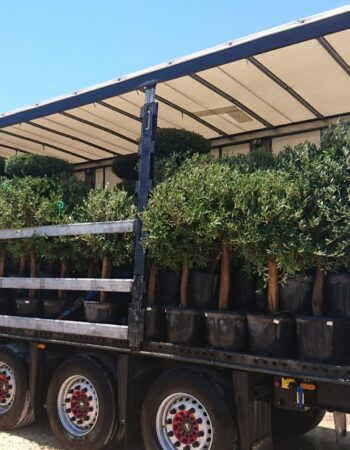
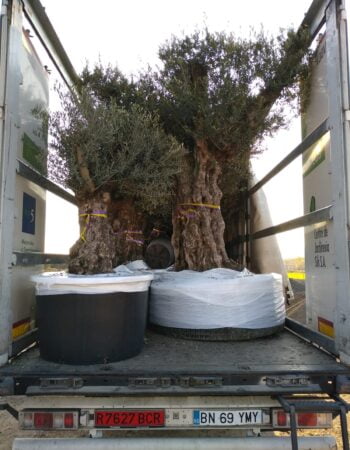
CAREFUL TREE TRANSPORTATION
At Treezom, we take great care in transporting your trees to ensure they arrive in perfect condition. Our expert team uses various methods, depending on the size and volume of the order, to provide safe and efficient delivery. Whether you're ordering a single tree or a bulk order, we guarantee high standards of handling and care throughout the process.
MULTIPLE SHIPPING METHODS
- Truck Delivery: Ideal for local or regional deliveries, ensuring a smooth and timely shipment of your trees directly to your location.
- Sea Containers (20’ or 40’): Perfect for larger orders or international shipping. Our sea containers are equipped to handle bulk shipments with optimal protection.
- Other Customized Solutions: Depending on the size and nature of your order, we can offer tailored shipping methods to meet your specific needs.
No matter the shipping method, we use specialized packaging and handling procedures to protect the trees during transit, ensuring they arrive healthy and ready for planting.
Below, you’ll find key tips tailored to this species’ requirements. Whether you’re new to plant care or have plenty of experience, these guidelines are here to support you in keeping your green companion healthy and vibrant.
- Planting:
- Choose a location with full sun to partial shade. The Australian Fig thrives in well-draining soil but is adaptable to various soil types.
- For container planting, use a large pot with drainage holes and a well-draining potting mix.
- Watering:
- Water regularly during the growing season to keep the soil moist but allow it to dry out slightly between waterings.
- Once established, the tree is drought-tolerant and requires less frequent watering.
- Pruning:
- Prune in late winter or early spring to shape the tree and remove any dead or damaged branches.
- Regular pruning helps manage the size of the tree and maintains its overall health and appearance.
- Fertilizing:
- Apply a balanced, slow-release fertilizer in early spring to support healthy growth.
- Avoid over-fertilizing, as it can lead to excessive foliage growth at the expense of overall tree health.
- Pest and Disease Control:
- Monitor for pests such as scale insects, aphids, and mealybugs.
- Treat infestations with insecticidal soap or neem oil as needed.
- Ensure good air circulation around the tree to prevent fungal diseases.
*This information is provided for informational purposes only. For more detailed care, please consult a professional Gardener or Arborist.


 SINGLE TREE
SINGLE TREE OUTDOOR POTS
OUTDOOR POTS








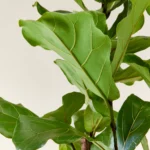



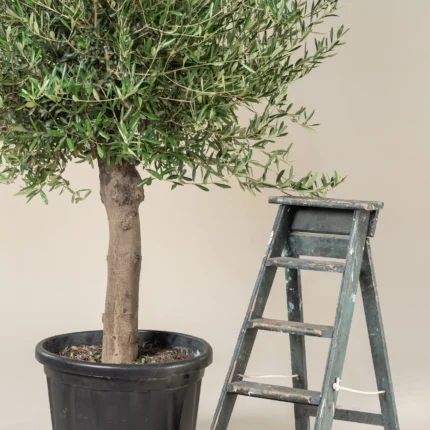
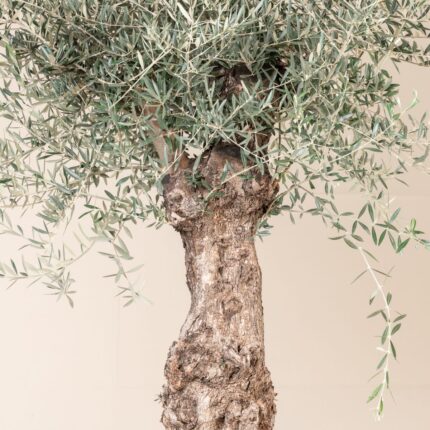







 Single Tree
Single Tree
Valoraciones
No hay valoraciones aún.